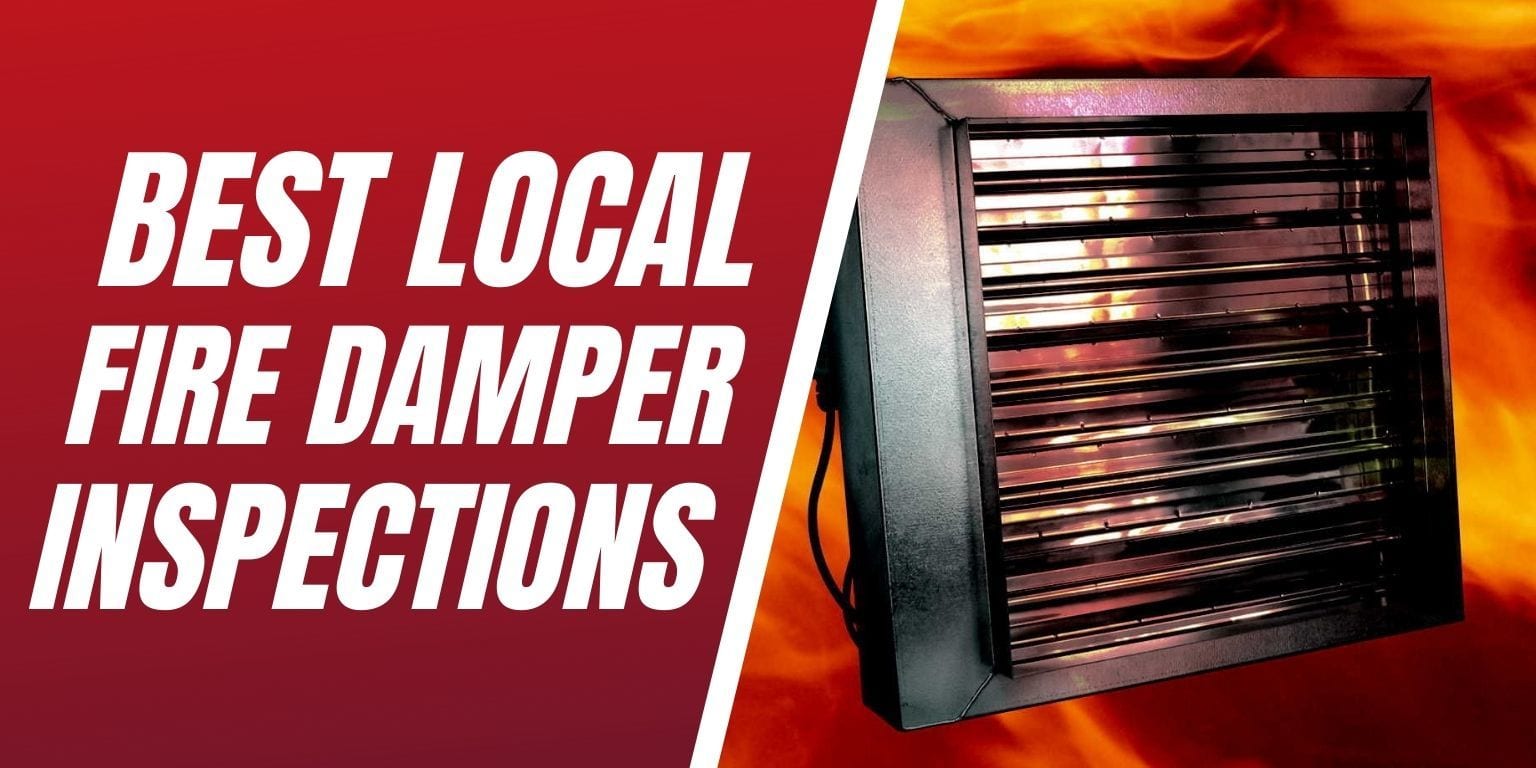
Making sure that your building is prepared for a fire is just one of the many things on a facility manager’s list of things to do. Now that the weather is heating up, we need to be prepared for the possible risks for fires associated with fireworks and natural causes, such as lightning strikes. But you don’t have to sweat the risk of a fire through the maintenance of your building’s fire and life safety protection systems. Each system will work together to help protect the integrity of the building as well as its occupants in the event of a fire. The inspection and maintenance of these systems is critical in order for each system to do its job properly. One of the most important inspections is your facility’s fire damper inspections.
Fire dampers are an important part of a building’s fire protection system in the event that there is a fire emergency. However, with dampers hanging out in the ductwork, it’s easy to forget they are there and they may go too long without being inspected. It may not seem like a big deal, especially with other fire protection features put in place. But fire can spread fast, and one of the best ways for a fire to quickly take over the building is through the ventilation system.
Fire dampers are specifically designed to help prevent the spread of fire through the ductwork of a facility by cutting off any passageways. A fire damper works when the heat from the fire causes the normal temperature of a room to rise to about 165 degrees Fahrenheit. That heat melts the fusible link holding the damper open and causes the damper to shut closed. In cases where the normal room temperature is higher, a higher degree fusible link is attached to the damper and will melt at higher temperatures.
To help ensure that dampers are properly working, the National Fire Protection Association NFPA 80, NFPA 105, and NFPA 101 require regular maintenance of dampers. 1 year after installation, dampers should be inspected for all facilities, and the frequency thereafter should be every 4 years in non-healthcare facilities, every 6 years in hospitals!
LSS Life Safety Services® (LSS), is an industry leader in fire damper inspections. LSS’ fire damper inspection services include:
- Locate and operate (i.e. actuate) all fire dampers and smoke dampers in your facility, removing and resetting the fusible link to verify the damper fully closes
- Mark the location of the dampers on drawings, AutoCAD plotting available
- Manually activate electric smoke dampers and pneumatic smoke dampers to ensure that the actuator is operable and to verify it fully closes
Unfortunately, dampers tend to frequently fail during their routine inspections, which puts building occupants at risk. Since they are typically hidden in ductwork or the ceiling, dampers are often “out of sight, out of mind” and therefore are more likely to be out of compliance. If a damper is out of code compliance, the chances of fire spreading between compartments increases, which endangers the lives of those in the building and shows how important it is to know why dampers fail.
NFPA states, dampers that are found deficient during routine maintenance and inspection, should begin the repair process as soon as possible. Per requirements of NFPA 80 and NFPA 105, LSS repair services can ensure your dampers are working properly and are code compliant. LSS damper repair services include:
- Adjustments to damper linkage
- Adjustments to internal components to allow closure
- Adjustments and repairs to damper tracks that are binding and prohibiting closure
- Repairing broken tabs on damper
- Access door installation, both sheet metal and hard ceiling access
For more information about fire damper inspections and fire damper repairs, call us at 888-675-4519

